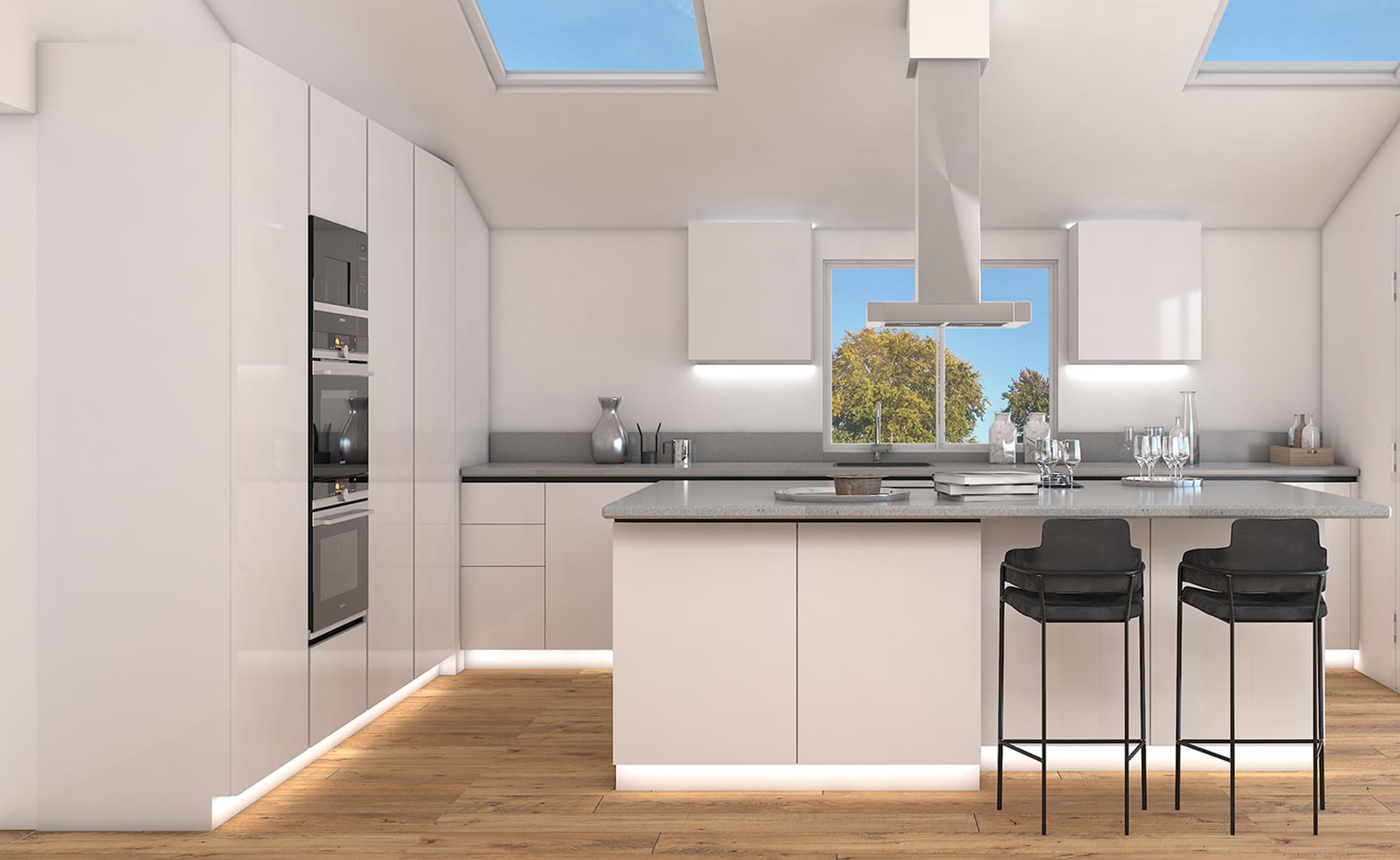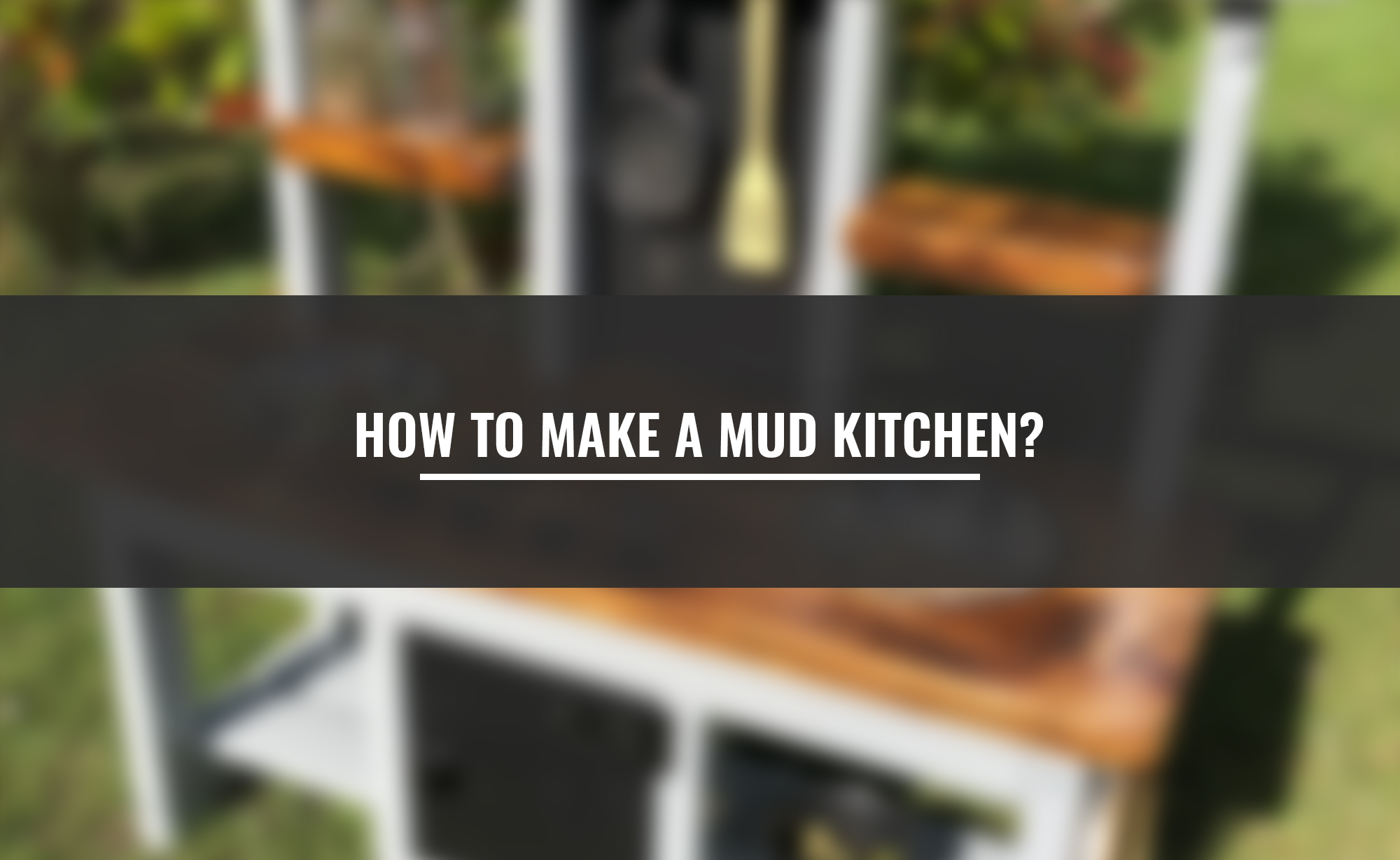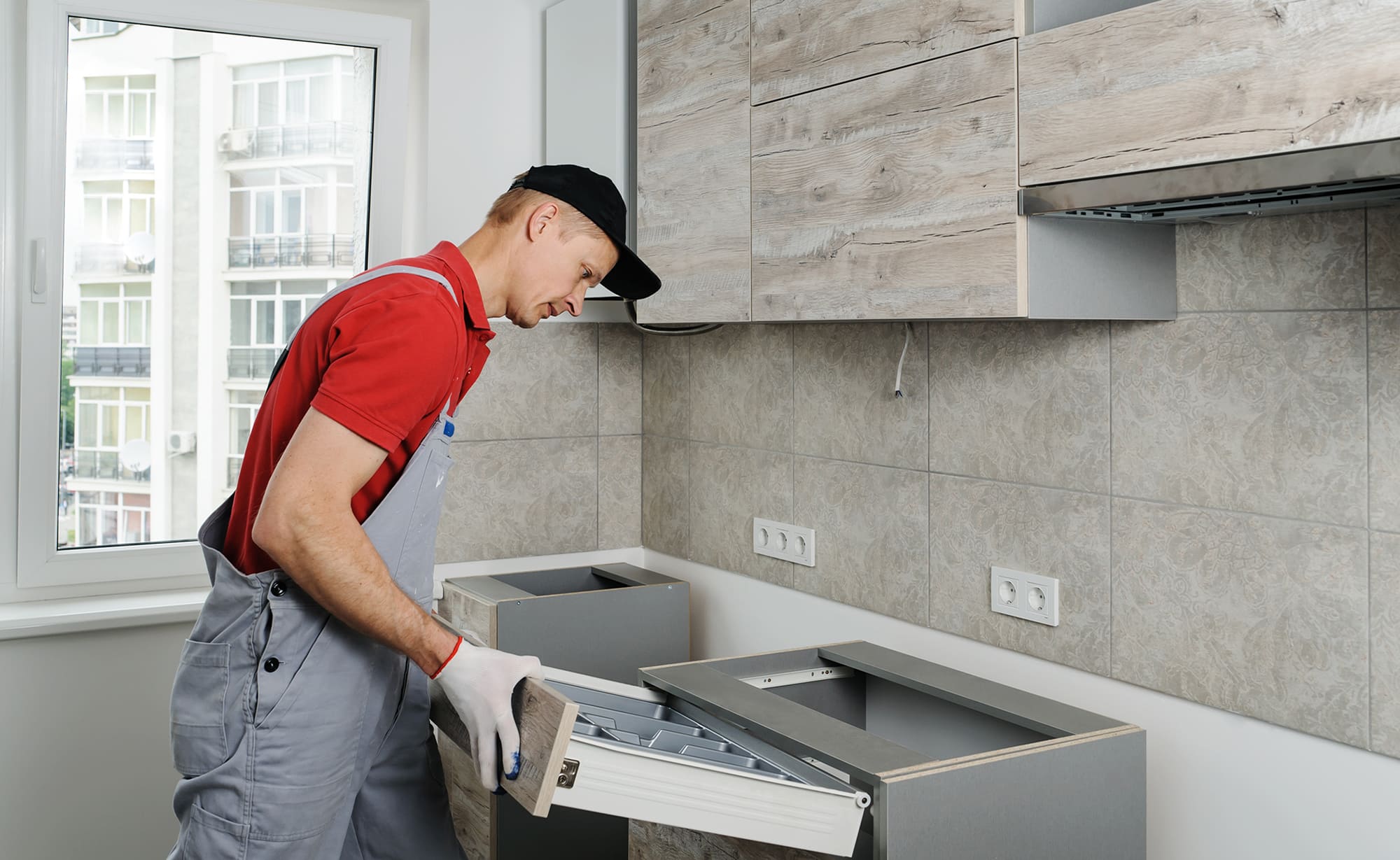Painting tiles is a quick fix to upgrade it with a new look. If you are tired of your kitchen tiles and would like to make some changes then here is the best solution you need to try. Spending money on costly renovations can take up an additional budget and time.
You can effortlessly paint kitchen tiles with your family. That way, you can save the price of a painter and spend quality time with your loved ones. All kinds of tiles can be painted with the same steps, but the tools and colour may vary depending on the quality of the existing tiles. This guide will assist you in selecting the right tools to paint kitchen tiles.
Tools Needed to Paint Kitchen Tiles:
- Sandpaper
- Cleaning agent
- A Cloth
- Gloves and Goggles
- Epoxy
- Paintbrushes and rollers
- Lacquer
Before anything else, preparation is the key to success. Be prepared for everything from the beginning to paint the kitchen tiles. Well-prepared and adequate planning will improve the work and make it more efficient.
Clean Up The Place
- Let’s begin with clearing the worktop of a kitchen. Appliances placed on the top of the counter can interrupt the painting process and cause harm.
- Collect all items placed on the worktop to make a clear and open space.
- This will expand the working surface that can be used to place painting tools.
Cover The Worktop
- While painting, the drops may fall on the floor and other surfaces that are more difficult to remove.
- To prevent this, cover the work surface and floor with fabric or paper so that the whole mess will fall on the covers only.
Remove The Electric Plugs
- Electric extensions and switchboards can come in contact with the paint. To prevent them from marks and patches, pull out the sockets or just unscrew them.
- Make sure to turn the power supply off while opening the screws of the boards.
- This will make the process easier and you can paint under the electrical panels as well.
Cleanse The Tiles
- A good cleaning will let the paint absorb and spread evenly over the tiles. Kitchen tiles may have plenty of grease, dirt and oil stains adhered to them. So, clean your tiles thoroughly before moving ahead.
- Take a cleanser of your choice and wash the tiles using a scrubber or a sponge.
- Spread the cleaner over all the tiles and scrub them well so that the paint can easily be absorbed and attached gently to the tiles.
- Allow the cleaner to dry and Wipe off the tiles.
- In the end, use fresh water to wash the kitchen tiles properly.
- Dry the tiles with a roll of kitchen paper or a cloth
Sand The Tiles
- Sanding is an essential step in colouring that removes the old and damaged coat of grout or dirt from the surface and allows new paint to stick to the zone easily. Use the suitable Sand electrical tool or sandpaper depending on the type of your tiles.
- The strength of sandpaper may vary based on the type of tile. Ceramic and stone tiles are tolerant of hard sanding, while glass and porcelain tiles are compatible with moderate glass papers.
- Use protective glasses, gloves and a mask while you sand the tiles because dust particles and dirty smog can be dangerous to health.
Apply Epoxy Grout
- Firstly, paint a layer of Epoxy grout to fix any cracks caused to tiles. This will be the perfect base for painting. Epoxy reduces the effect of water on the tiles. Using epoxy will not let the stains and oil spots stick to the surface.
- It will help in binding the colour more neatly and seamlessly to the tiles.
- Epoxy can be easily spread over the surface. Use as soon as you make the mixture of epoxy because it dries out quickly.
- Use epoxy with the matching colour of your tiles.
- Avoid using Epoxy grout on the outdoor tiles because they can be damaged in sunlight.
- Use gloves and masks while applying epoxy as it emits strong fumes and chemicals. Open windows and doorways for ventilation.
Colour The Tiles
- Open the paint box and stir the colour properly. You can add water if you think it is required.
- The first layer will not always look smoother, nor will it properly cover the base tiles. Apply 3-4 layers for best results.
- The visibility will continue to improve at every step.
- Let it dry for 8-9 hours and add a layer.
- The tiles painted with at least three layers will be pretty strong and look amazing.
Apply Lacquer
In the last step, use any good quality lacquer for giving a smooth and shiny finish to the tiles.
Apply a single coat of the agent; it will make the tiles look glossy and eye-catchy.



